My favorite Albatross experience was in the Galapagos Islands with the Waved Albatross, trekking their rookeries and observing their courtship and nesting behavior.
Family Diomedeidae - Albatrosses
Albatrosses, of the biological family Diomedeidae, are large seabirds related to the procellariids, storm petrels, and diving petrels in the order Procellariiformes (the tubenoses). They range widely in the Southern Ocean and the North Pacific. They are absent from the North Atlantic, although fossil remains of short-tailed albatross show they once lived there up to the Pleistocene,[2] and occasional vagrants are found. Great albatrosses are among the largest of flying birds, with wingspans reaching up to 2.5–3.5 metres (8.2–11.5 ft) and bodies over 1 metre (3.3 ft) in length. The albatrosses are usually regarded as falling into four genera, but disagreement exists over the number of species.
Albatrosses are highly efficient in the air, using dynamic soaring and slope soaring to cover great distances with little exertion. They feed on squid, fish, and krill by either scavenging, surface seizing, or diving. Albatrosses are colonial, nesting for the most part on remote oceanic islands, often with several species nesting together. Pair bonds between males and females form over several years, with the use of "ritualised dances", and last for the life of the pair. A breeding season can take over a year from laying to fledging, with a single egg laid in each breeding attempt. A Laysan albatross, named Wisdom, on Midway Island is the oldest-known wild bird in the world; she was first banded in 1956 by Chandler Robbins.
Of the 22 species of albatrosses recognised by the IUCN, 21 are listed as at some level of concern; two species are Critically Endangered, seven species are Endangered, six species are Vulnerable, and six species are Near Threatened. Numbers of albatrosses have declined in the past due to harvesting for feathers. Albatrosses are threatened by introduced species, such as rats and feral cats that attack eggs, chicks, and nesting adults; by pollution; by a serious decline in fish stocks in many regions largely due to overfishing; and by longline fishing. Longline fisheries pose the greatest threat, as feeding birds are attracted to the bait, become hooked on the lines, and drown. Identified stakeholders such as governments, conservation organisations, and people in the fishing industry are all working toward reducing this phenomenon.
Below are the galleries for the seven species of Albatross I’ve seen over the years (shown in the images directly below)

Waved Albatross (Phoebastria irrorata) Galapagos Islands, Ecuador

Shy Albatross (Thalassarche cauta) Plettenberg Bay, South Africa

Wandering (Snowy) Albatross (Diomedea exulans) Antarctic Convergence

Black-footed Albatross (Phoebastria nigripes) Kuril Islands Russia

Laysan Albatross (Phoebastria immutabilis) Kuril Islands Russia

Sooty albatross (Phoebetria fusca) Antarctic Convergence

Black-browed Albatross (Thalassarche melanophris) Antarctic Convergence
Shy Albatross (Thalassarche cauta) Plettenberg Bay, South Africa


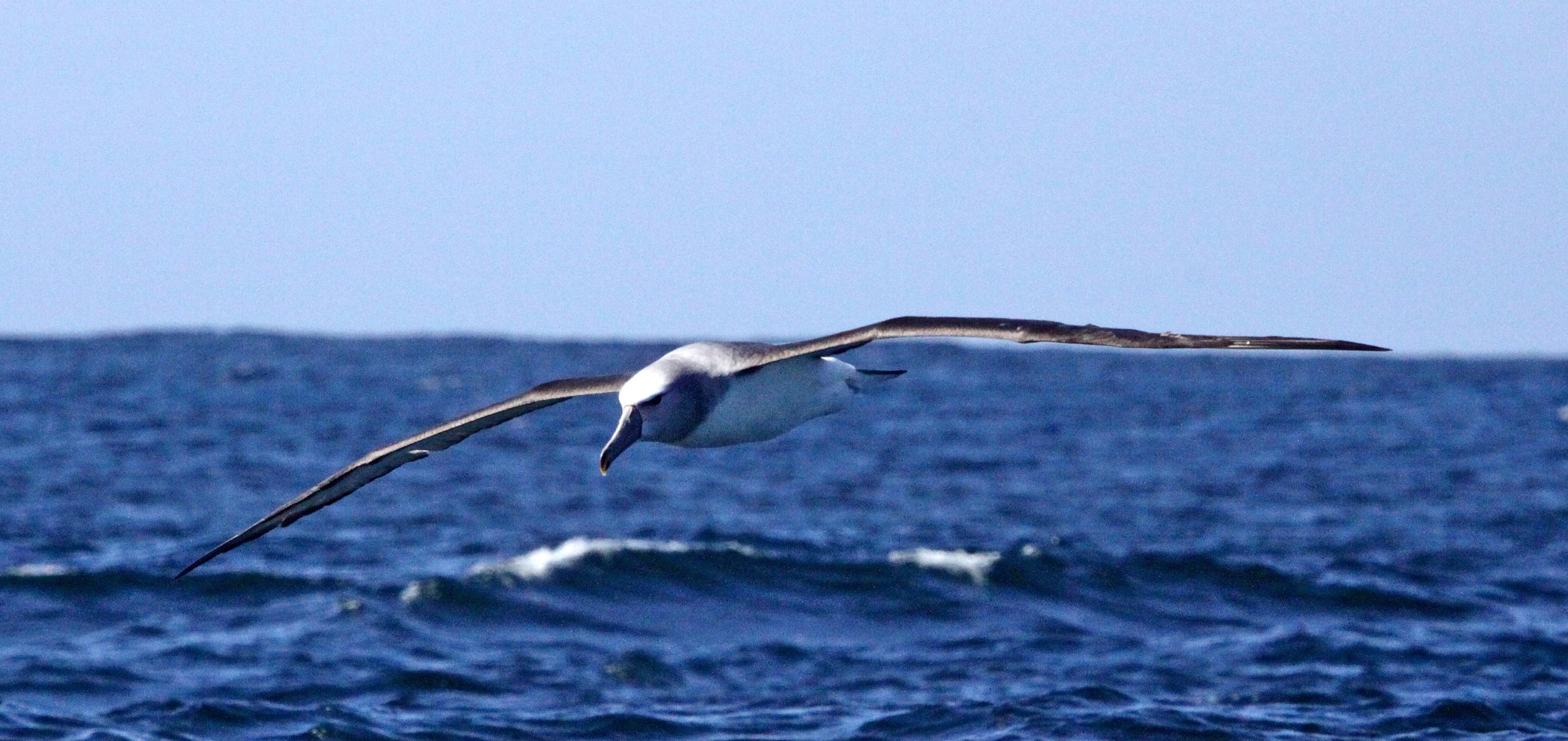



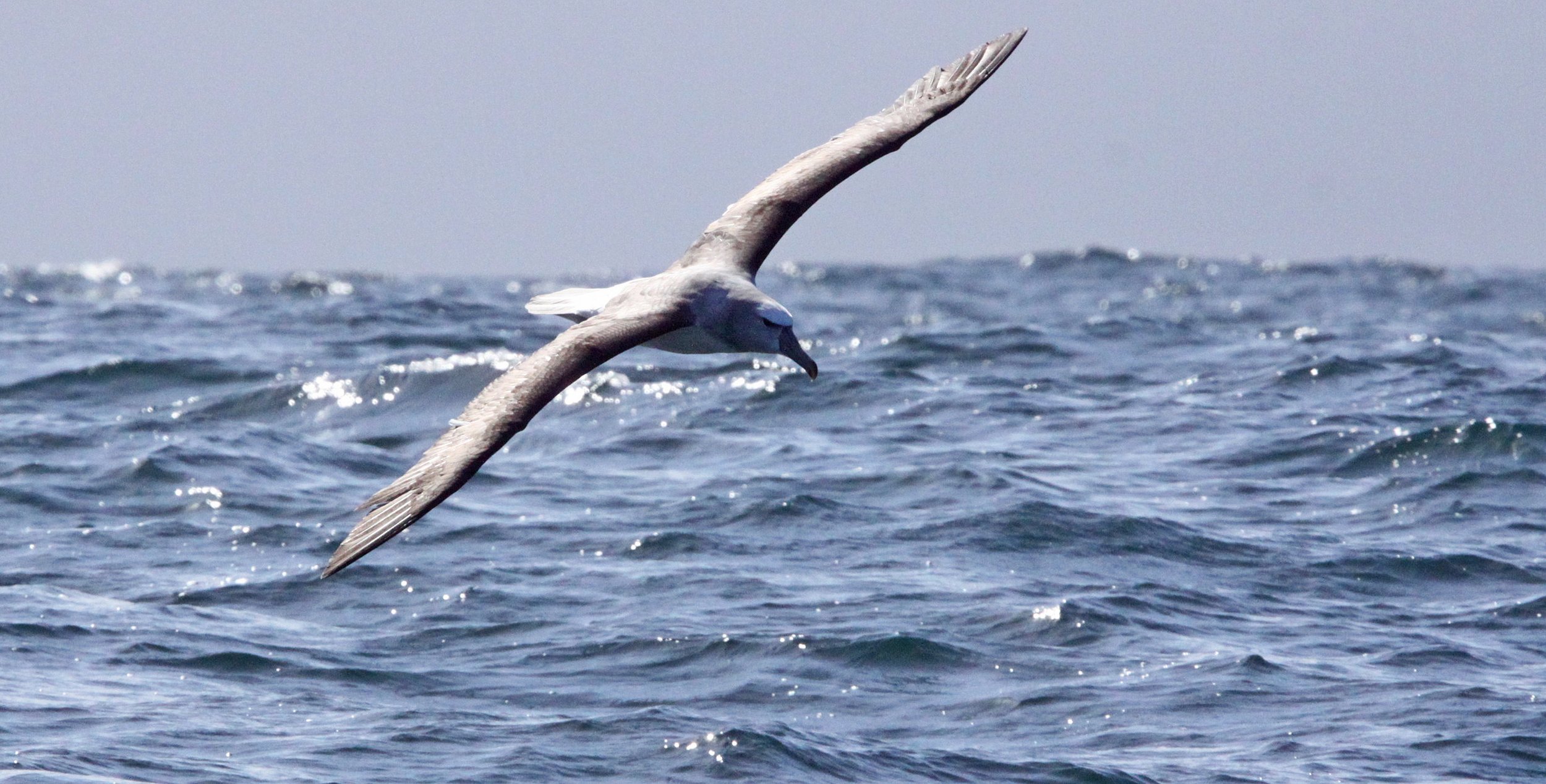



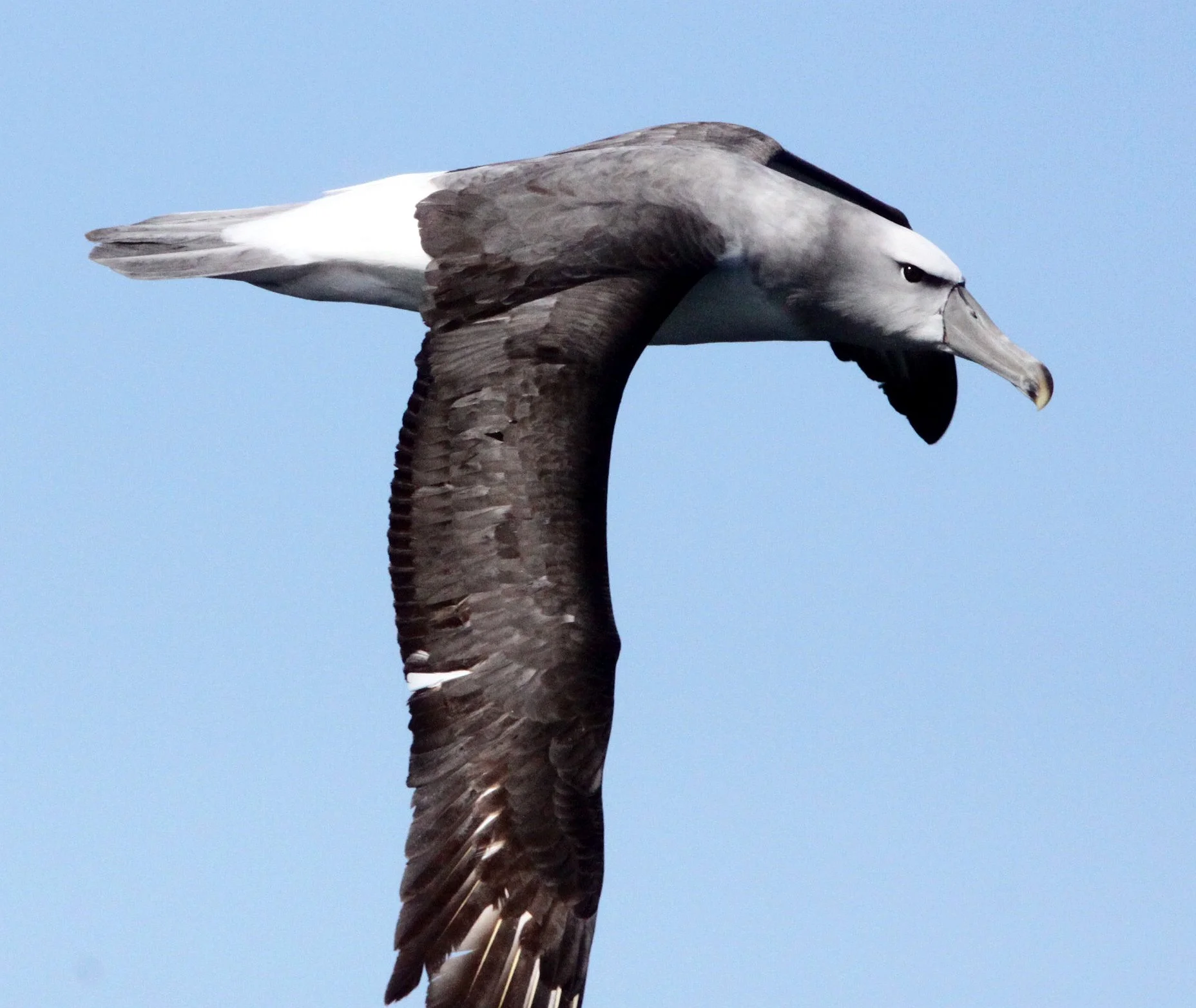




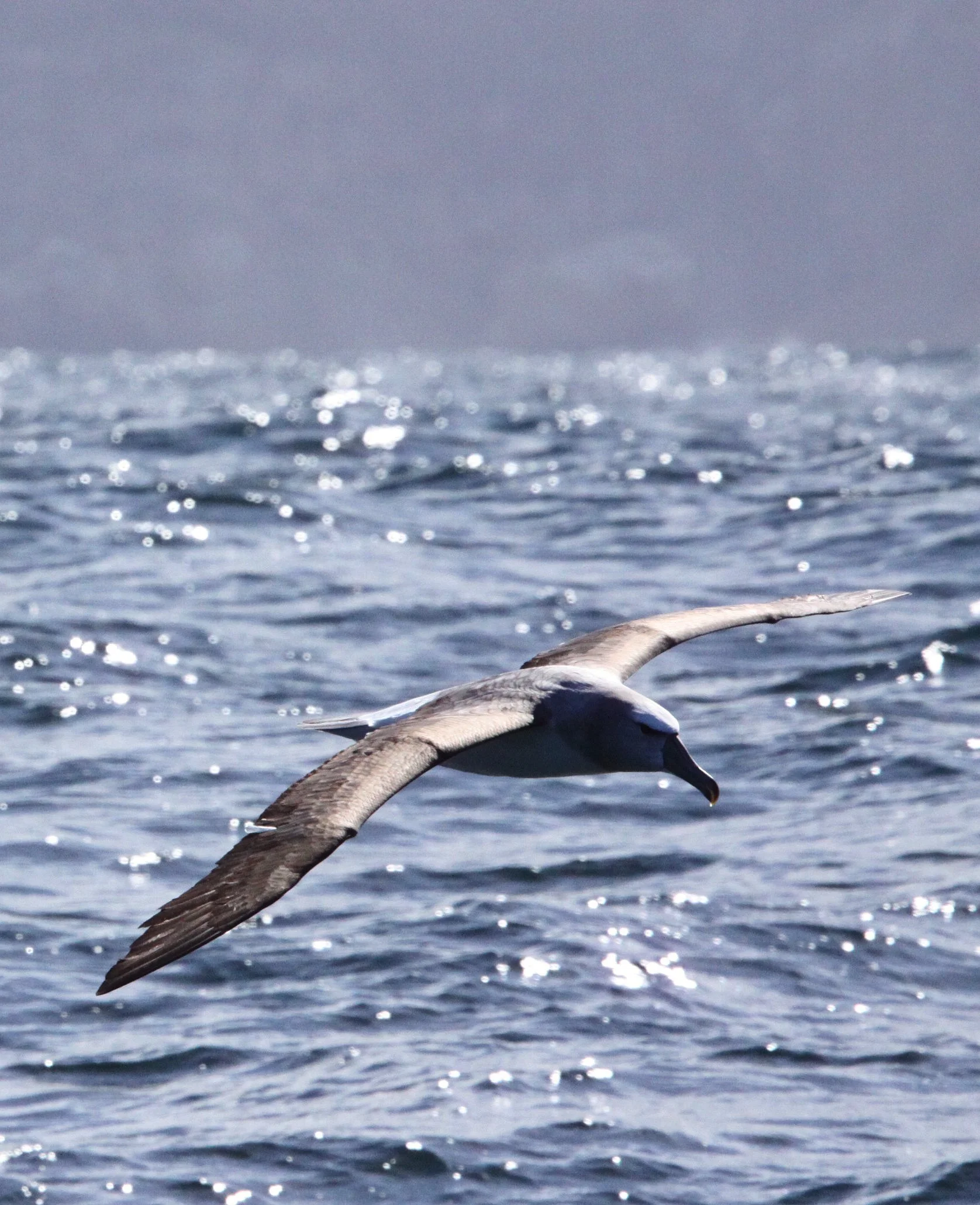

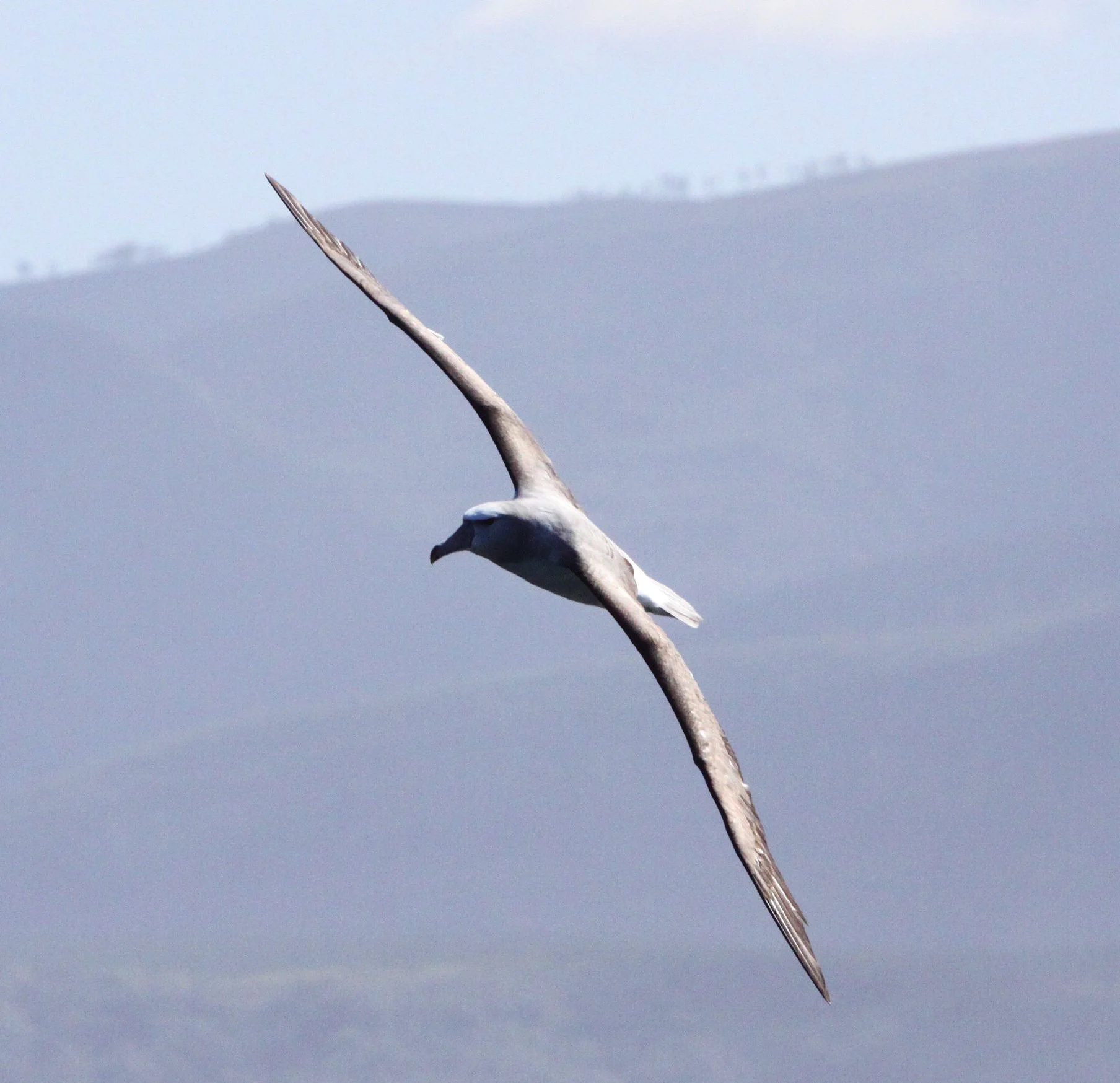






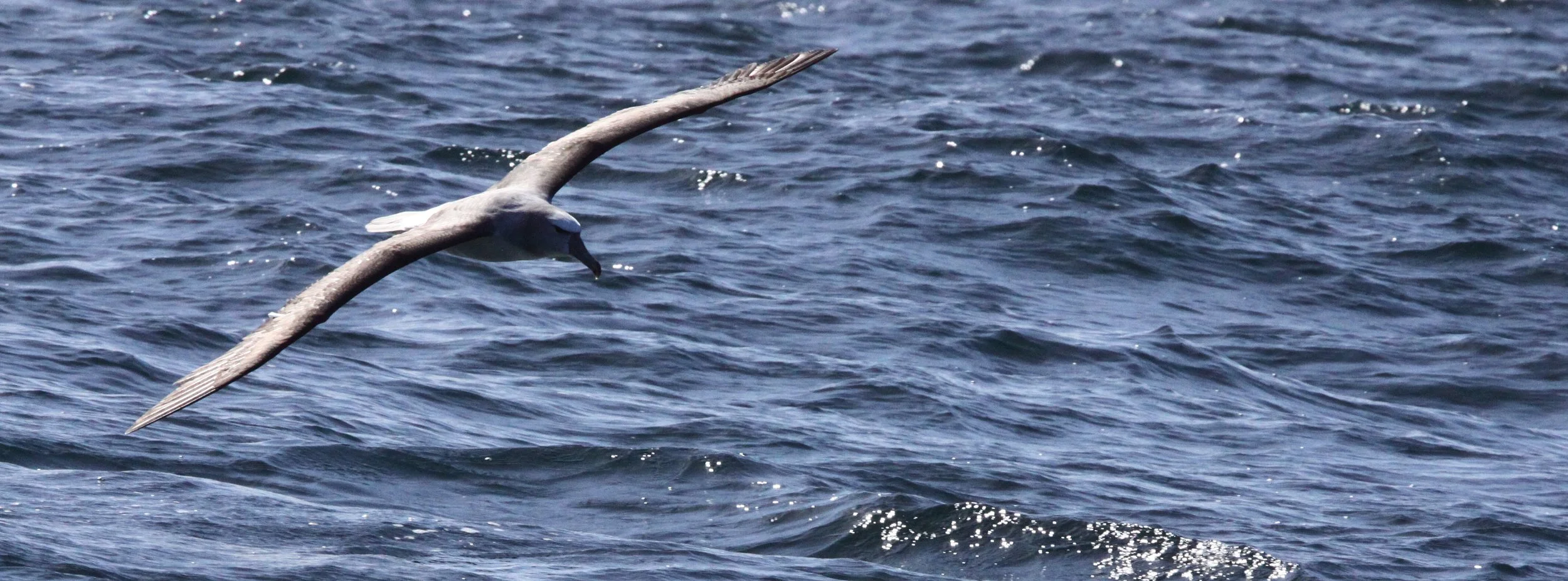

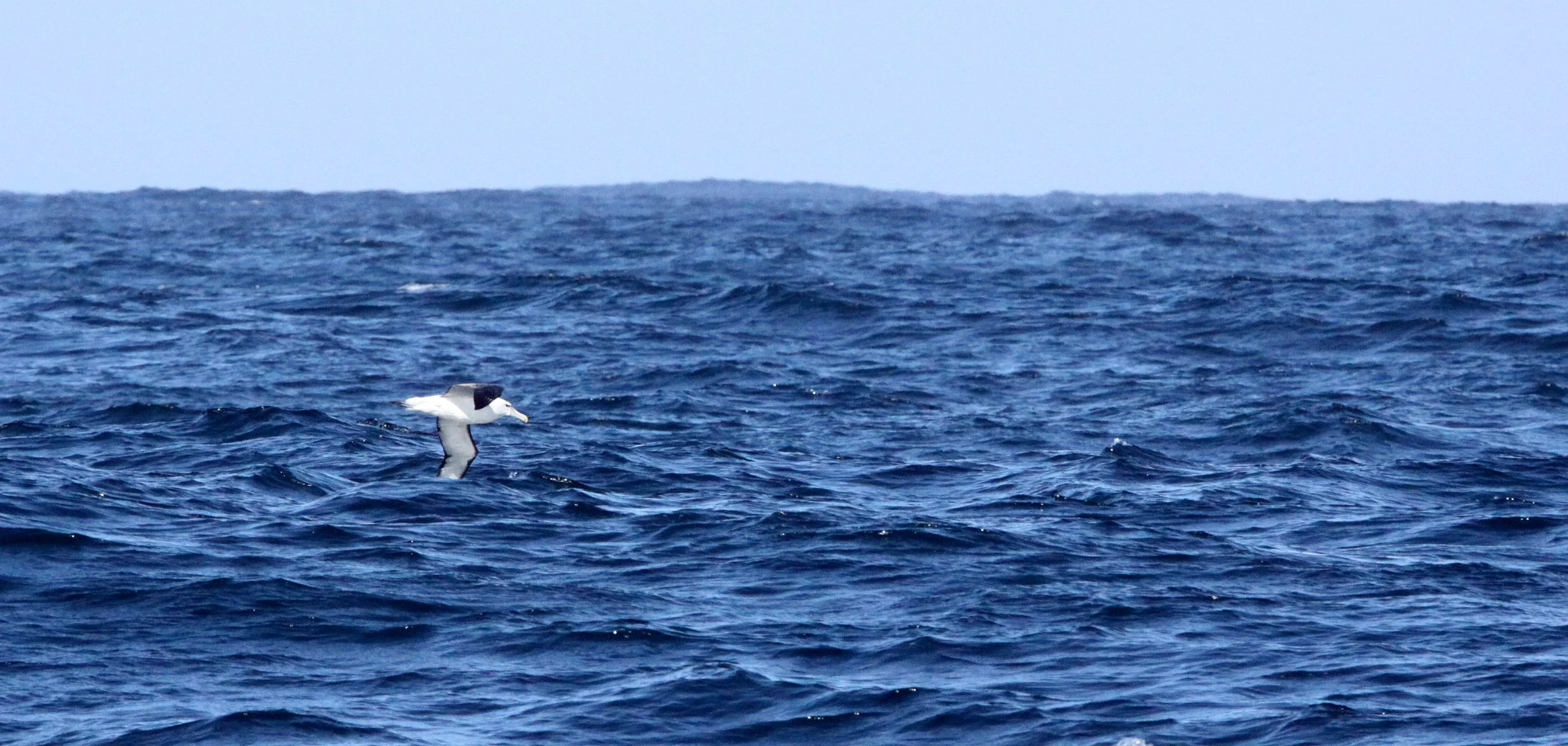

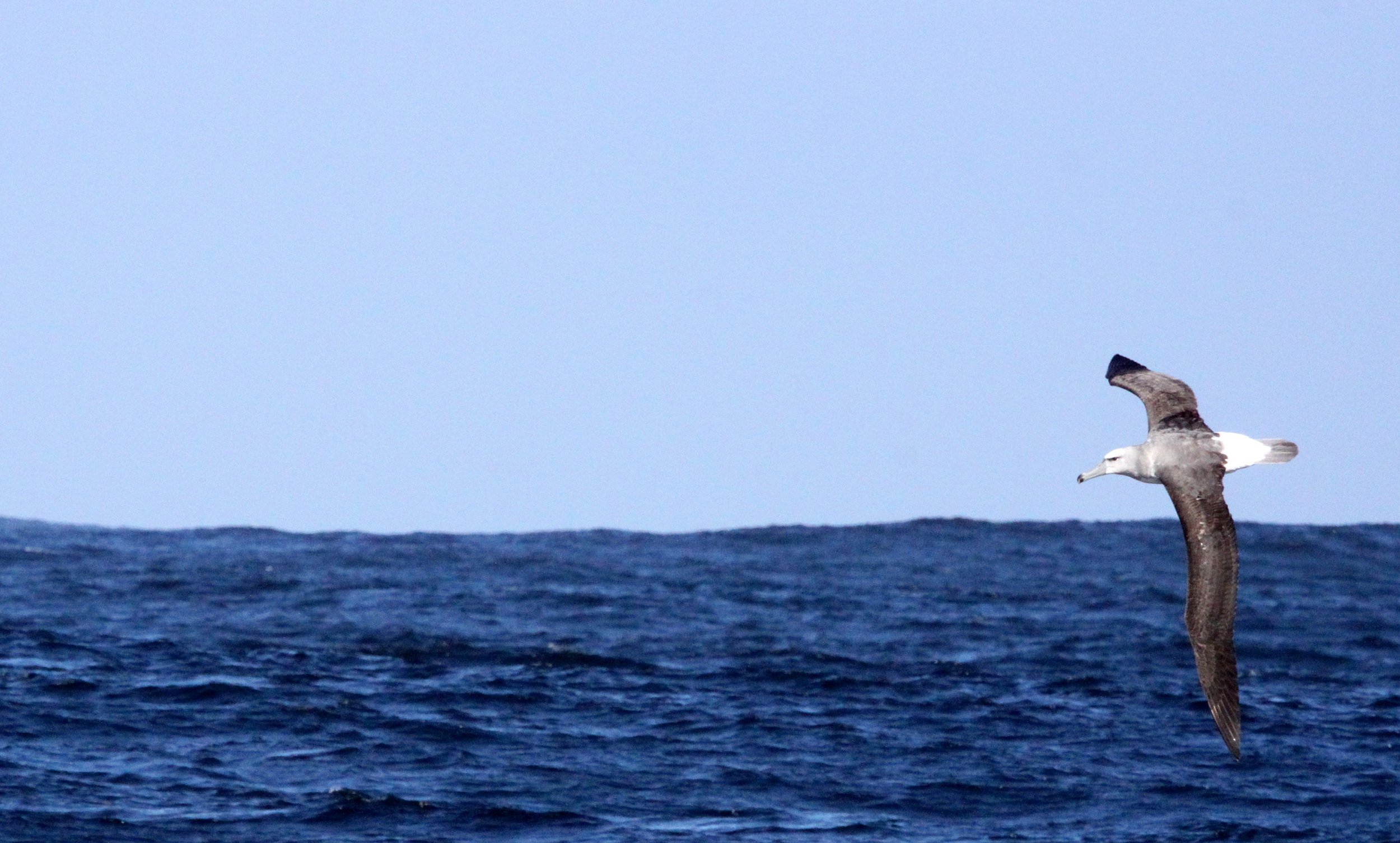




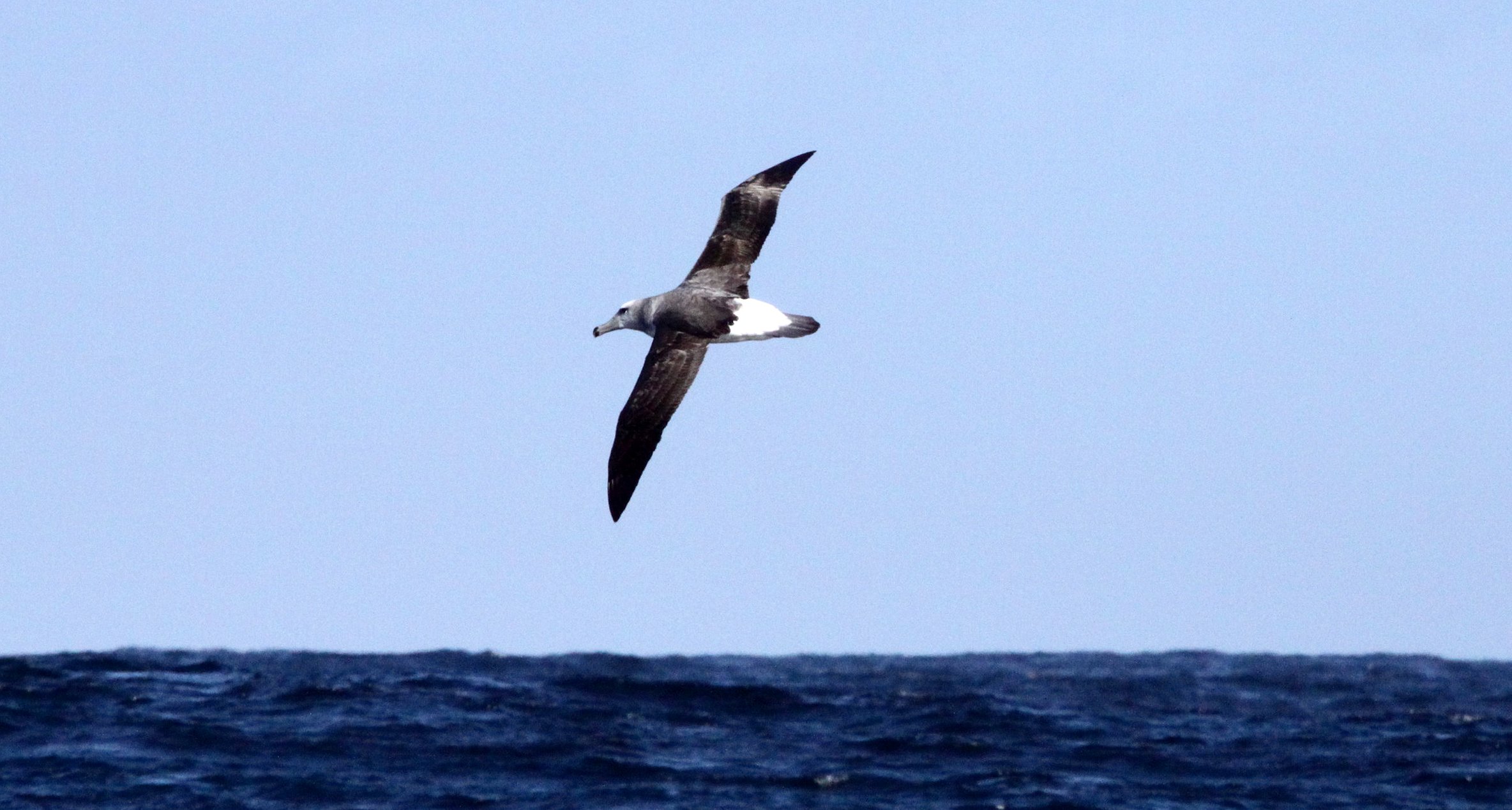
Black-footed Albatross (Phoebastria nigripes) Kuril Islands Russia











Waved Albatross (Phoebastria irrorata) Galapagos Islands, Ecuador

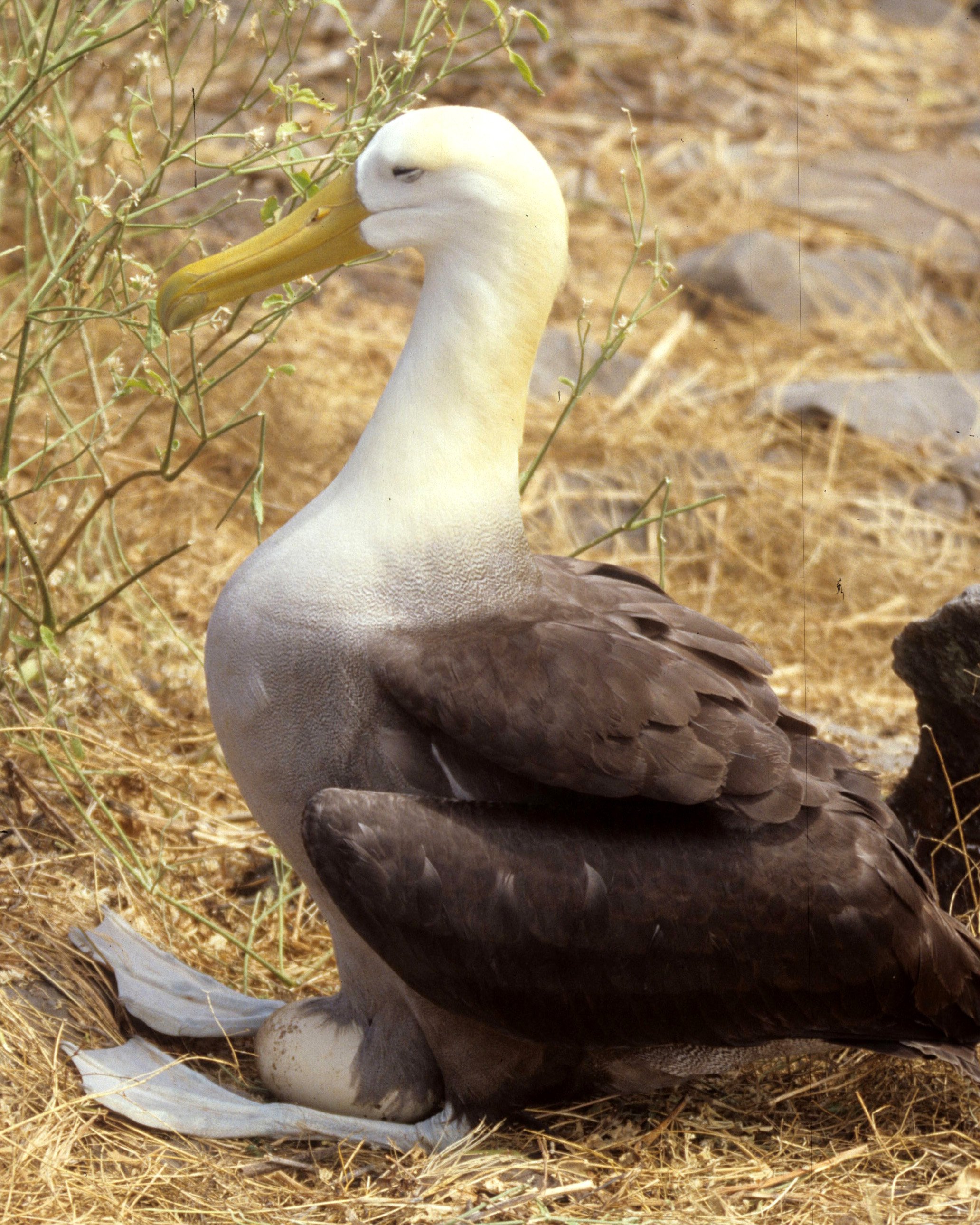


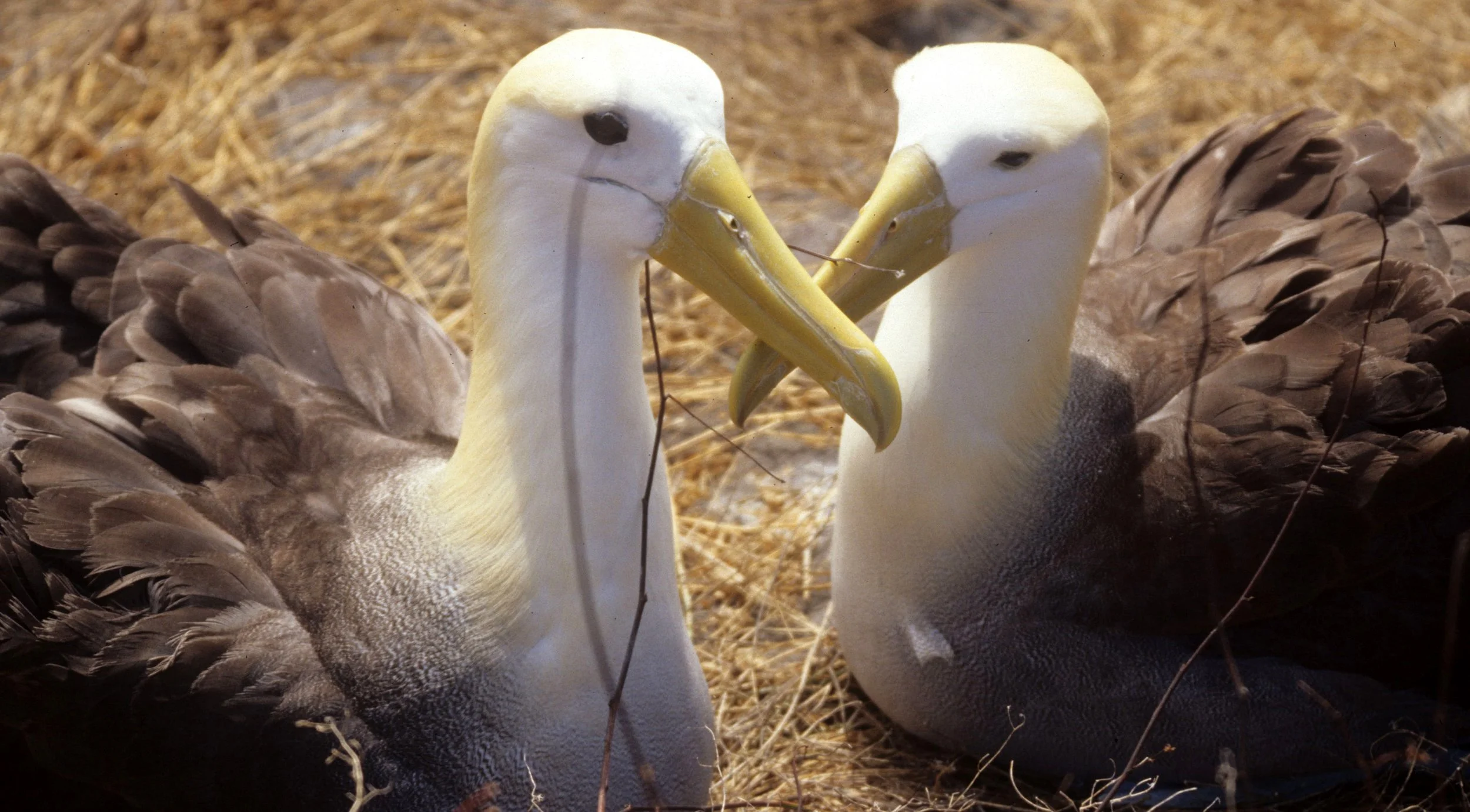






















Laysan Albatross (Phoebastria immutabilis) Kuril Islands Russia






















Sooty Albatross (Phoebetria fusca) Antarctic Convergence
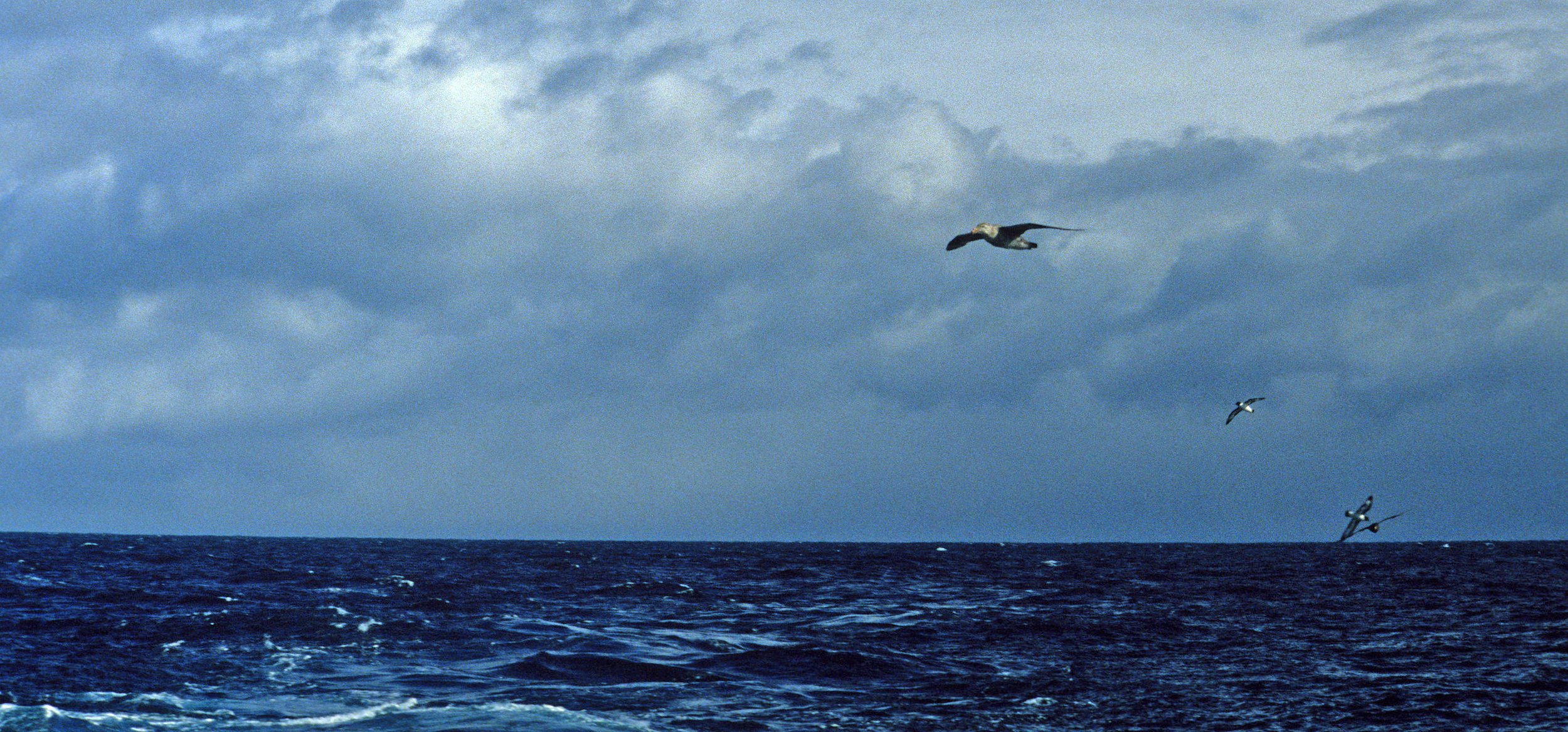
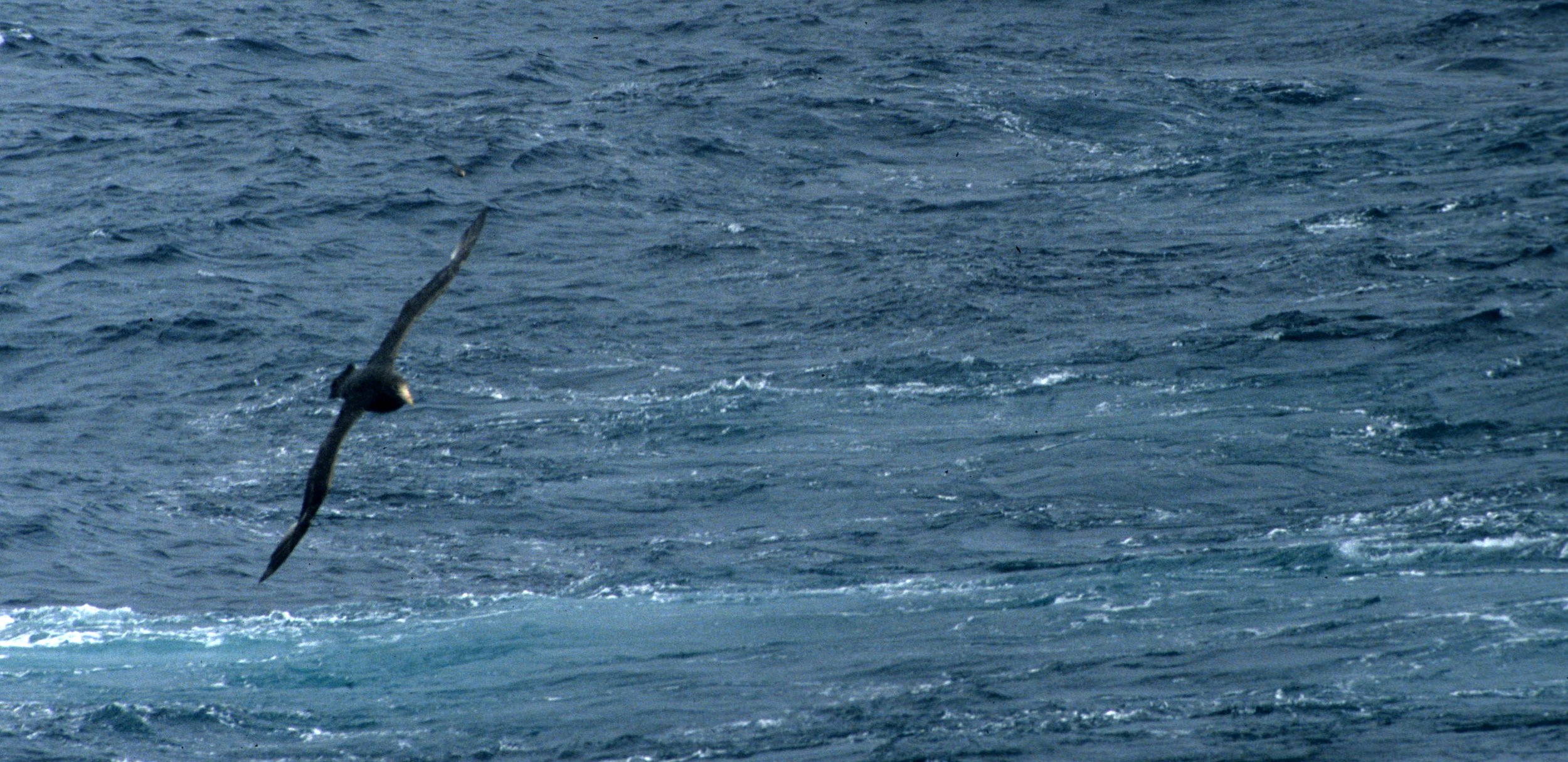

Wandering (Snowy) Albatross (Diomedea exulans) Antarctic Convergence




Black-browed Albatross (Thalassarche melanophris) Antarctic Convergence



